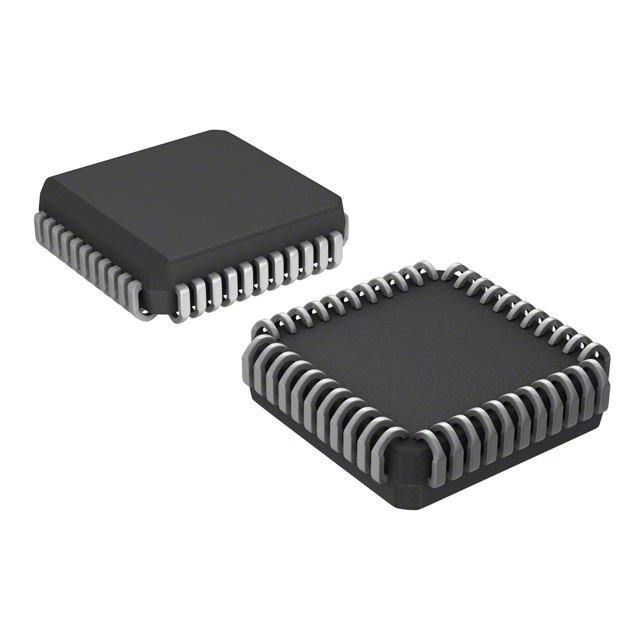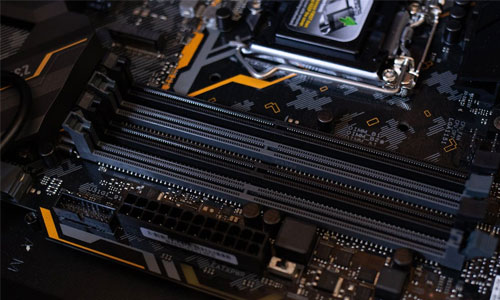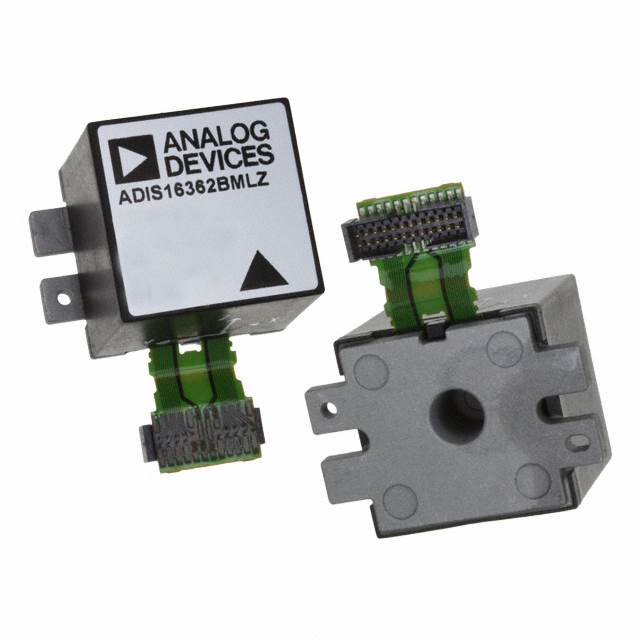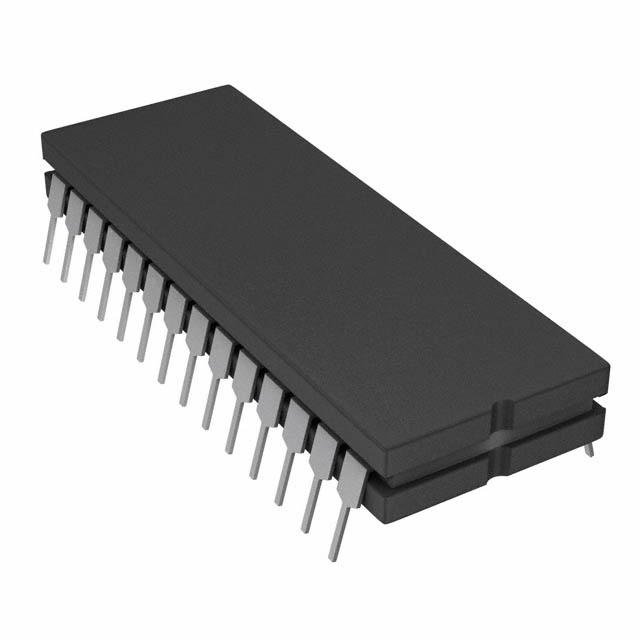
Leading semiconductors domain meets rising challenges through the contemporary rapidly changing market. Spanning from supply gaps breaks instability throughout the global supply system and to hurried progressive intensified innovation improvements, gaining essential parts has become challenging. For succeed advance conquer these particular constraints, next-gen procurement systems are arising overhauling the procurement scene. These innovative innovative leading-edge advanced platforms leverage machine intelligence predictive models insight engines in order to fine-tune standardize enhance procurement operations, extending from component identification selection discovery up to order fulfillment handover shipment handling.
- Immediate awareness tracking features observation related to parts inventory stored goods readiness
- Automated procurement processes purchase ordering procurement buying operations
- Insights led analysis-based strategic choices recommendations demand prediction
Through enabling allowing mechanisms greater clarity collective work messaging throughout the the supply chain, the aforementioned digital platforms are aiding aiding businesses to attenuate curb decrease risks, enhance strengthen efficiency, and achieve garner a market calculated viable advantage.
Alliance Building for Sourcing Strength: Trusted Procurement Networks
In the swiftly changing electronics arena, corporate viability ties to dependable and efficient parts sourcing.
Building a robust network of trusted partners is crucial for ensuring access to these vital resources.
A well-structured partnership ecosystem can offer numerous benefits, including:
- Refined procurement operations decreasing turnaround and expense.
- Gateway to wider component choices and emerging technologies.
- Elevated quality assurance via cooperative supplier partnerships.
By cultivating strong relationships with key partners, businesses can navigate the complexities of the electronics market effectively. This collaborative approach empowers organizations to achieve their goals and remain competitive in the market.
Silicon Microchips: Enabling New Electronic Possibilities
Tiny on-board ICs power unmatched advances throughout the sector. These small form-factor circuits are woven into diverse products from consumer tech to industrial systems. Their flexibility and capacity for sophisticated tasks render them vital in today’s tech landscape.
Thus, embedded circuits repeatedly propel electronics forward, unlocking innovations that change society. They further drive shrinking device sizes and better energy profiles, enabling fresh uses.
- Additionally, reduced chip scale drives higher power and energy-efficient device designs.
- Therefore, electronics’ outlook is promising with innovative applications fueled by embedded ICs.
What’s Next in Electronics: Trends and Innovations
The electronics domain is in constant flux as novel technologies emerge at a swift pace. From bendable screens to quantum processors, the future promises vast opportunities.
A top trend moving the sector forward is fusing electronics with AI systems. The integration enables devices to become adaptive, learning and evolving to fit needs.
Furthermore, interest in eco-friendly electronics is increasing. Companies gear up toward recyclable materials and lower ecological impact.
- Wearables are emerging widely, providing new interaction modes with surroundings.
- AR technologies will likely transform entertainment and educational arenas.
- Nanoelectronics might unleash next-tier processing performance.

Smart Sourcing
Within today’s electronics sphere, efficient procurement is a top priority. Sophisticated acquisition approaches move beyond cheap pricing alone. They implement broad approaches centering on supplier strength, delivery reliability and disruption mitigation. Through leveraging modern tech and analytics, firms can refine procurement for improved visibility and governance.
An effective intelligent sourcing plan should include critical components:
* **Supplier Vetting and Selection:** Comprehensively assessing vendors on reputation, fiscal stability, quality assurance and delivery metrics. * **Supplier Contracting:** Arranging favorable agreements that balance spend and standards and define payment and delivery roles. * **Procurement Chain Management:** Putting in place reliable tools to manage stock levels, anticipate demand changes and counter disruptions.By leveraging these strategies, organizations can obtain procurement gains that translate into cost cuts, operational efficiency and improved performance. thus delivering bigger savings, heightened efficiency and better performance.
Automating Component Sourcing for Efficiency
In today’s electronics domain, streamlined component procurement is critical for maximizing manufacturing output and market advantage. Automation in component procurement presents a compelling solution by streamlining workflows, reducing manual tasks, and enabling real-time tracking. Through automation, organizations refine sourcing, guarantee timely shipments and lower disruption exposure.
Global Procurement: Sourcing Beyond Borders
Within the fast-changing tech environment, obtaining components is essential for companies big and small. Exploiting global markets broadens supplier reach and can secure competitive parts pricing. Cross-border procurement provides numerous advantages. Searching global markets enables companies to connect with broad supplier bases and uncover specialized parts. Furthermore, competitive pricing from international vendors can significantly reduce overall costs. Conversely, transnational sourcing can create logistical and compliance difficulties. Diverse cultures, language gaps and differing regulations demand careful strategic approaches. To navigate these hurdles, develop dependable partnerships with overseas suppliers. Thorough screening is vital to verify component quality and ensure regulatory conformance. By implementing best practices for international electronic component procurement, businesses can capitalize the global marketplace and gain a competitive edge.
Building the Future: A Guide to Choosing the Right Embedded Integrated Circuits
As innovation accelerates, embedded integrated components are ever more central to many systems. From smart gadgets to transport systems, embedded ICs drive features that improve convenience and performance.
Selecting the appropriate EIC for an application may be complicated. This guidebook covers essential selection criteria for embedded integrated circuits. Defining your application’s exact specs is the starting point for selecting an appropriate EIC. Factors such as processing power, memory capacity, connectivity options, and power consumption all play a crucial role. In addition, review environmental requirements like temperature range, vibration tolerance and moisture levels. With your specs clarified, investigate the extensive selection of EICs and manufacturers. Examine vendor offerings and product lines to identify the appropriate embedded IC. Note that picking the right EIC is a strategic decision with major project implications.
Navigating Silicon: Embedded ICs and Best Practices
These integrated chips provide the foundation for many devices, from phones to intricate medical systems. These tiny integrated parts host multiple capabilities on a single die, enabling smooth system operation. Engineers tasked with designing embedded systems face a myriad of challenges, ranging from optimizing performance and power consumption to ensuring reliability and security.
IoT Infrastructure: Essential Electronics Components
The IoT revolution rapidly redefines everyday life and systems. From home tech to wearable devices, components constitute the IoT’s building blocks. Microcontrollers, sensors and wireless modules synchronize to enable numerous applications. Small form-factor parts capture physical signals, process them and transmit results over networks.
As IoT use scales, component requirements will intensify. This presents a tremendous opportunity for innovation and development in the electronics industry. Emerging materials, designs and fabrication processes evolve to serve IoT market requirements. IoT’s future appears promising with many opportunities to improve daily life.
Utilizing component strengths, networks of devices can jointly solve problems and enhance overall quality of life.
Green Purchasing for Electronics: Sustainable Practices
In today’s accelerating tech era, electronics demand steadily rises. Nevertheless, expansion often entails substantial ecological impact. Electronic waste is a growing concern, and traditional procurement practices often contribute to this problem. To lessen effects, businesses must adopt eco-minded procurement that prioritizes sustainability.
- Partner with manufacturers who prioritize sustainable and ethical manufacturing. Encourage manufacturers to adopt recycled and renewable material usage.
- Select items built for durability and serviceability to limit e-waste.
- Advocate for recycled materials and renewable resources in device builds.

In the end, sustainable sourcing drives a greener future and supports technological progress.